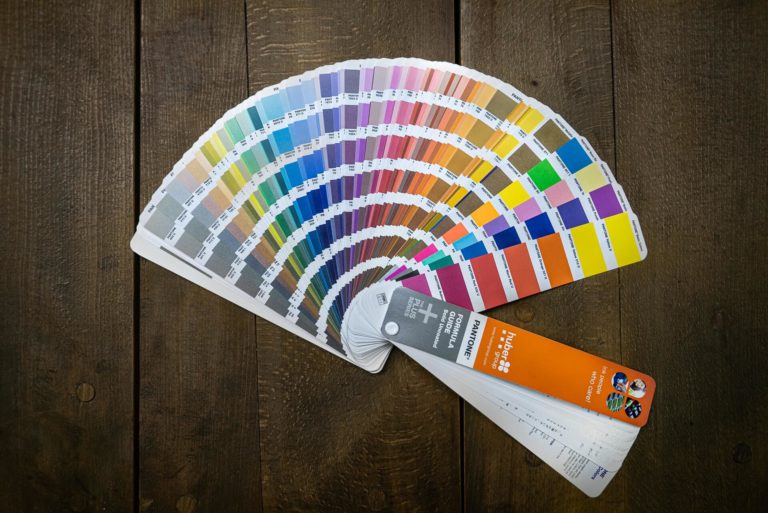Table Of Content

Reds, oranges, and yellow’s associations with the sun and fire are common in our minds. Due to their associations with water, sky, and greenery- blues, greens, and violets make the cold tones. Then, use the color wheel to help you choose a color scheme that will evoke those feelings. Remember to consider the balance of colors, and don’t be afraid to experiment with different hues, tints, shades, and tones. Now that we’ve got a handle on the color wheel and the different color models, let’s dive even deeper.
Green red and grey
So, for example, in the case of red, these will be blue-green and yellow-green shades. Coolors.co is another standalone tool for graphic designers or home decorators. This easy-to-use website allows you to upload any image, pick a starting color and find four more matching colors to create your palette.
Analogous colour palette in the colour wheel
They are often combined with secondary and tertiary colors to form intricate and visually pleasing color schemes. As an interior designer, you can never consider neutral colors as dull! Neutral colors help provide a sense of balance and harmony to a surrounding and can be paired well with warm and cool tones.
Colors That Go With Olive Green — 10 Calming Combinations For a Cozy Home - LivingEtc
Colors That Go With Olive Green — 10 Calming Combinations For a Cozy Home.
Posted: Mon, 19 Feb 2024 08:00:00 GMT [source]
Secondary Colors
They send a message that the room is for relaxing and unwinding. However, rooms with maximum activity are decorated in brighter colors such as red, orange, or yellow. A room with black tones sends a message of seriousness, elegance, and power, which can be perfect for home offices or study. Orange tones translate to health, happiness, and youth which is great for kitchens or exercise rooms. Without knowing it, colors influence our moods by simply stepping into a room.
You would undoubtedly see the colour wheel in most painting schools and designers’ homes. If you have the right business tools, each stage of the interior design process will be easier and more efficient. The multifaceted design software has so many features to choose from that it makes it easier to visualize your design ideas more effectively. For example, if a bathroom or study space is small, consider using a single color and deriving its shades to paint the area.
The warm colors – the reds, yellows and pinks – feature on one side. You'll find the cooler hues – blues, greens and purples, on the other. By skillfully incorporating complementary color pairs into your interior design, you can create a space that is energizing, visually engaging, and full of life. With their diverse range of hues and versatility, tertiary colors provide endless design possibilities.
This scheme consists of four colors which is made up of two sets of complementary colors. This scheme is considered the richest but the hardest to harmonize. If all of the four colors are balanced, the scheme will look unbalanced. The trick to this scheme is to choose one color to be dominant and then subdue the rest of the colors. The proper combination of colors translate to a specific purpose of a room. For example, bedrooms are usually made with cooler colors such as blue, gray, green, and purple.
Finding complementary colours in the colour wheel

By pairing complementary colors in your interior design, you can create a vibrant and energetic atmosphere in your space. Keep in mind that primary colors can have different shades and tones. Experimenting with different shades can help you achieve the desired atmosphere and effect in your space. Additionally, considering the surrounding elements such as lighting, furniture, and textiles can further enhance the impact of primary colors in your interior design. Learn how to effectively use a color wheel for interior design to create stunning and harmonious color schemes. A monochromatic color scheme, as the name suggests, revolves around a single color.
Using too many cool tones in one room can make a space feel cold and unwelcoming. When it comes to colour pairings, complementary colours can help you accomplish harmony in your design. Two colours present on the opposing side of the colour wheel make up this colour scheme. When you do this, you’ll get a bright, high-contrast colour scheme that really pops.
Firstly, these colors also create very relevant combinations with them, and secondly, achromatic colors directly participate in the formation of various shades within the color wheel. You might have noticed that there are no popular tones like black, white, gray, brown, and beige on the color wheel. Do these colors not participate in the selection of the palette for the interior?
These complementary colors work well together because they balance each other visually. A bright shade of orange offers warmth and brightness that balances a deep cobalt blue. As the wall color, blue appears more prominently, while orange serves as an accent. The two colors appear on other elements throughout the space for a cohesive look. In a room, it is tricky to create a balance of both warm and cool colors. It is always best to combine the two and not just stick to one.
This will make the two pairs of colors complementary, creating a more expressive color scheme. Remember to balance cool colors with warm or neutral tones to create a harmonious and well-rounded design. Use lighting strategically to enhance the cool color palette and create the desired ambiance in the room. Consider incorporating secondary colors through accent pieces, such as pillows, artwork, or statement furniture.

No comments:
Post a Comment